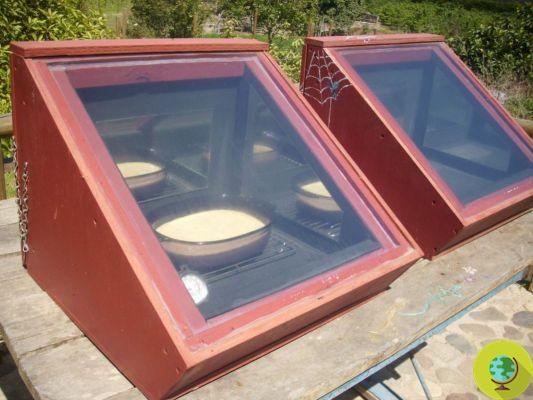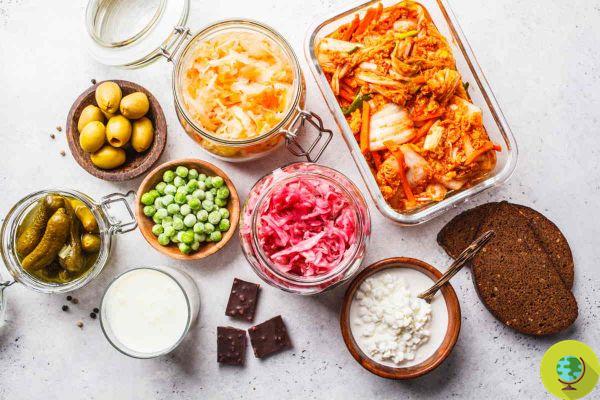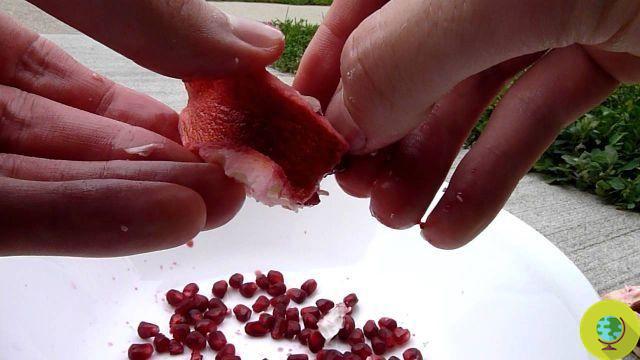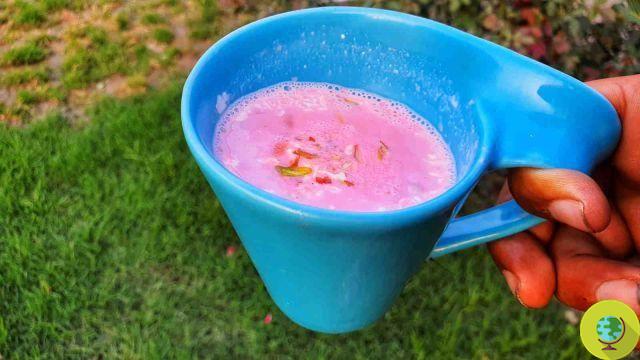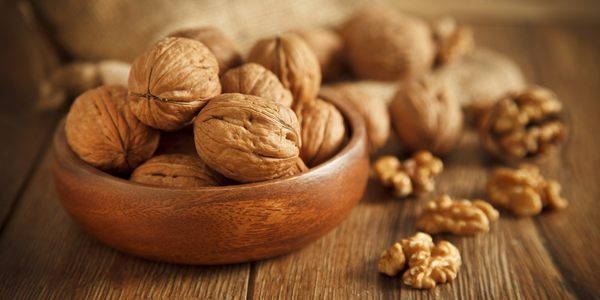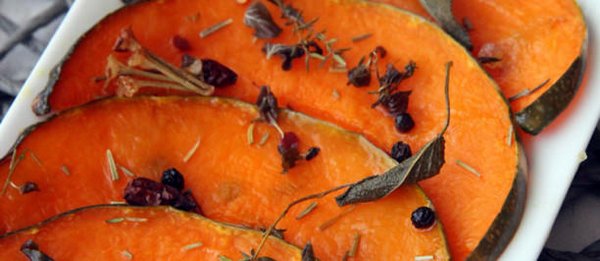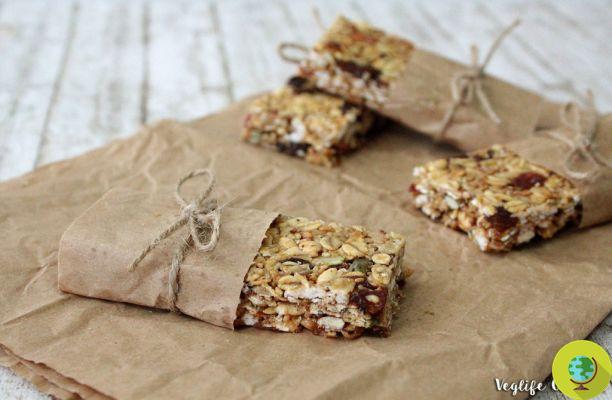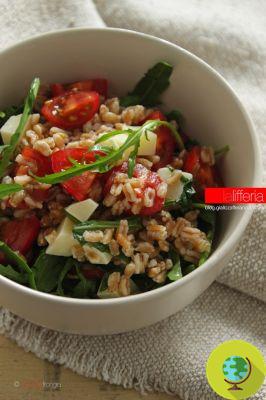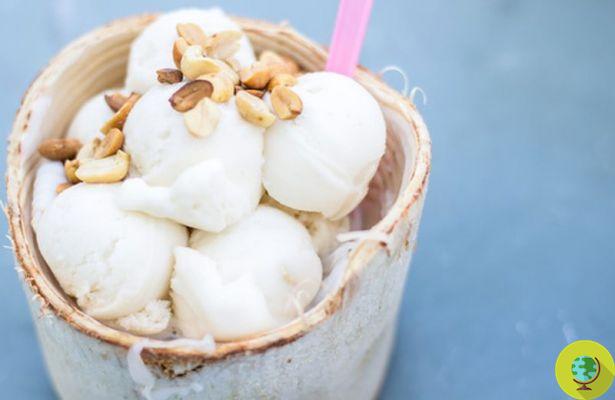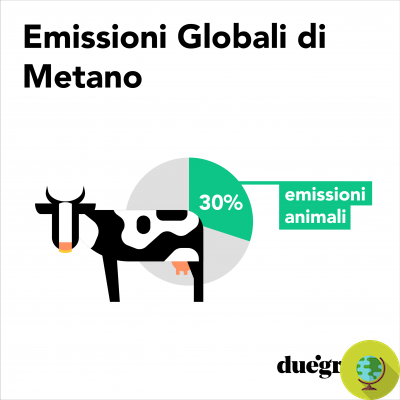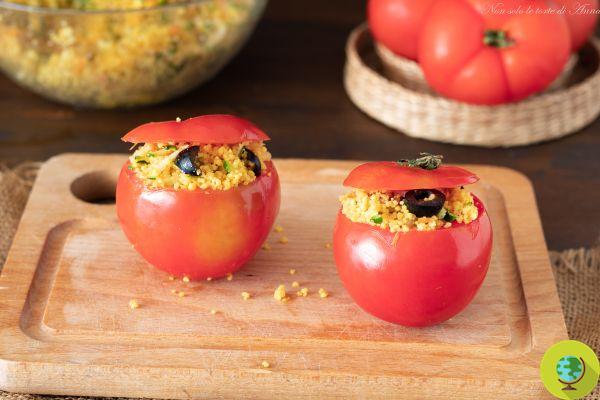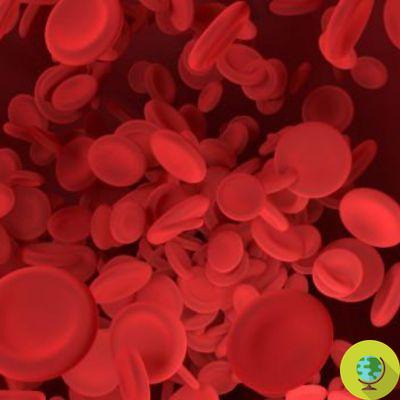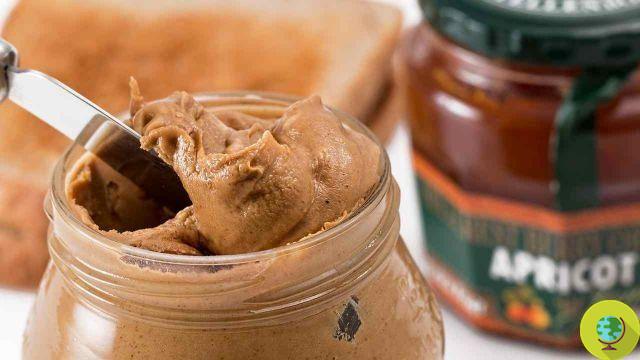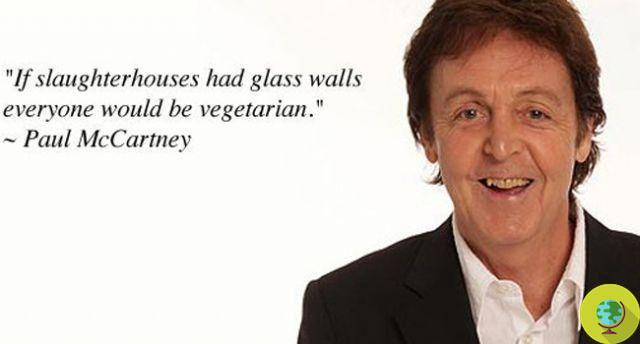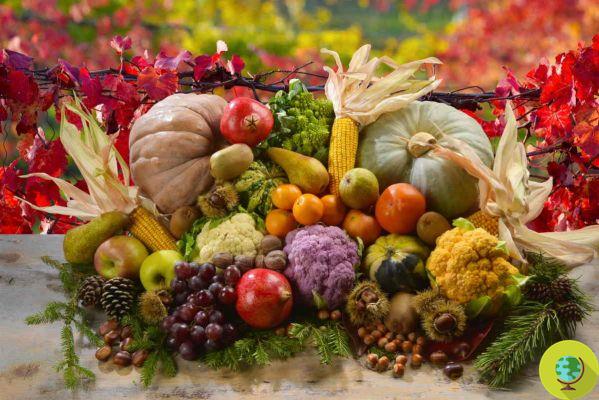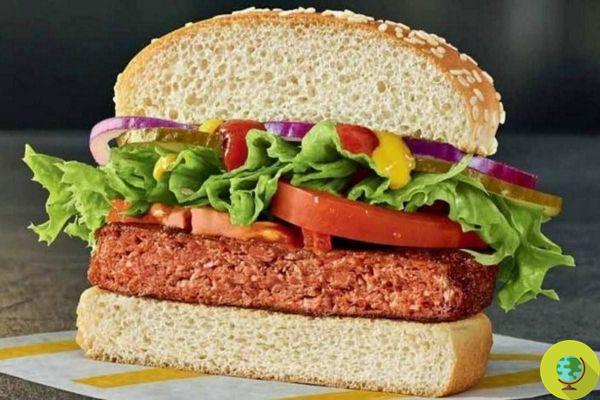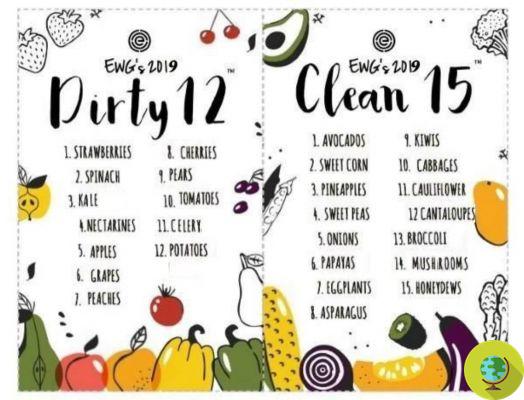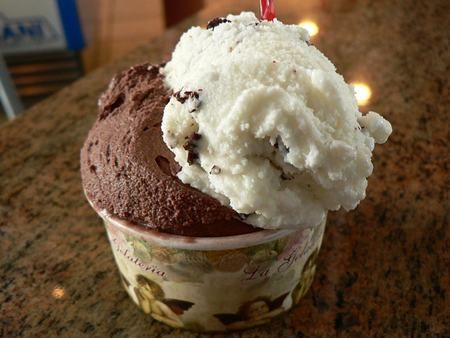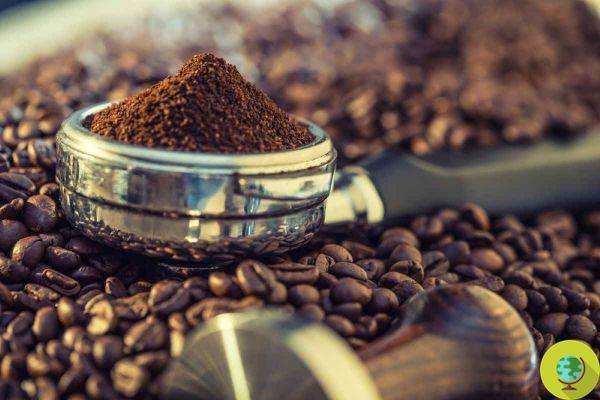
Some American researchers explain how to make a cheaper and more full-bodied coffee with less waste through a mathematical formula.
Don't store avocado like this: it's dangerousAn "eco-sustainable" espresso coffee? It exists, but as long as you focus on a few mathematical rules. Starting from the proportion of the individual coffee beans that form the bottom, some overseas researchers have come to tell us how to make a cheaper and more full-bodied coffee with less waste. The secret would be in the grinding (and not only).
They are the scholars of the University of Portsmouth, in the States, who from the pages of Matter have presented a real mathematical model thanks to which the yield of raw materials would be increased and waste would be reduced at the same time.
According to this mathematical model, the grinder and the water pressure play a key role.
“We suggest new brewing protocols that reduce the mass of coffee used for espresso by up to 25%. If widely applied, this protocol will have a significant economic impact and create a more sustainable future for coffee consumption, ”the researchers say.
A systematic review
Everyone knows that an espresso is made with boiling water and a filter loaded with coffee powder which is usually very finely ground. For this reason, the researchers started by taking as reference parameters such as pressure, water temperature, the more or less coarse grinding of the beans, the chosen infusion time and the quantity of final product to be obtained.
By inserting these variables into their algorithm together with other factors such as the physical behavior of the individual grains, or the time it takes caffeine and other aromatic compounds to dissolve in the water, the researchers tried to identify a configuration that would allow them to improve the yield of coffee in the extraction process, while maintaining the taste of espresso.
"Our goal is to extract as much as possible from the raw material, so as to optimize profits and make coffee more sustainable - explains Christopher Hendon, chemist at the University of Oregon and co-author of the research - but obviously, we also want to obtain a delicious espresso, which does not taste burnt or is too bitter ".
Through a series of experiments, they saw that the fine grinding it can create reproducibility problems, that is, they can make it difficult to obtain cups of coffee that always have the same taste. So borrowing the principles of electrochemistry, they treated the individual ground coffee beans like lithium ions moving through the electrodes of a battery. In this way, they verified that a too fine grind would tend to clog the filter of the espresso machine, creating plates in which the water does not flow. A process which, in turn, would make the result very variable, and cause waste of raw material.
“Common sense tells us that if you want a stronger cup of coffee you have to grind it finely. And that makes sense, as a fine grind exposes more coffee surface to the water, producing, at least in theory, a more concentrated drink - says Hendon. It seems counterintuitive, but the experiments and our model confirm that to obtain cups of coffee that are always the same, and with a more efficient process, it is enough to use a coarser ground product ".
According to the results, therefore, the larger beans would allow both to have a more constant quality and to optimize the yield of the raw material (i.e. the quantity of powder used for each cup is reduced).
By field testing the formula obtained from their mathematical model in a bar, the researchers confirmed the expectations: the baristas had to use about 25% less coffee, saving about 3.500 dollars in a year. Applying the same percentages across the sector, savings in the United States alone would reach a record $ 1,1 billion a year.
Read also:
- Coffee: watch out for the aluminum released by the mocha (and not only)
- How to clean the mocha: 5 tricks and 5 mistakes not to make with the coffee maker




